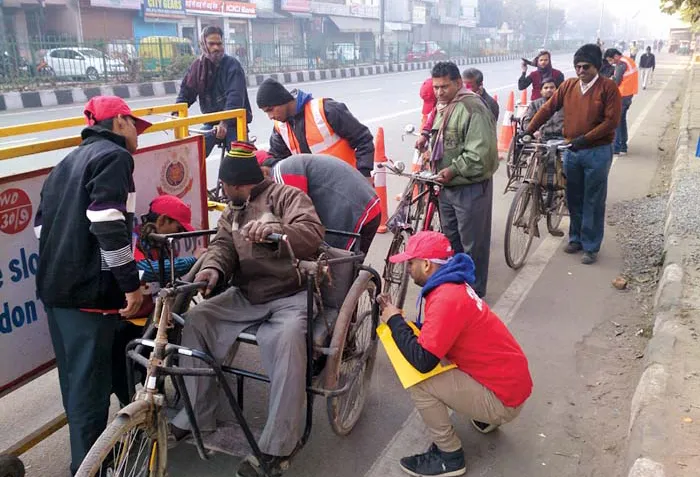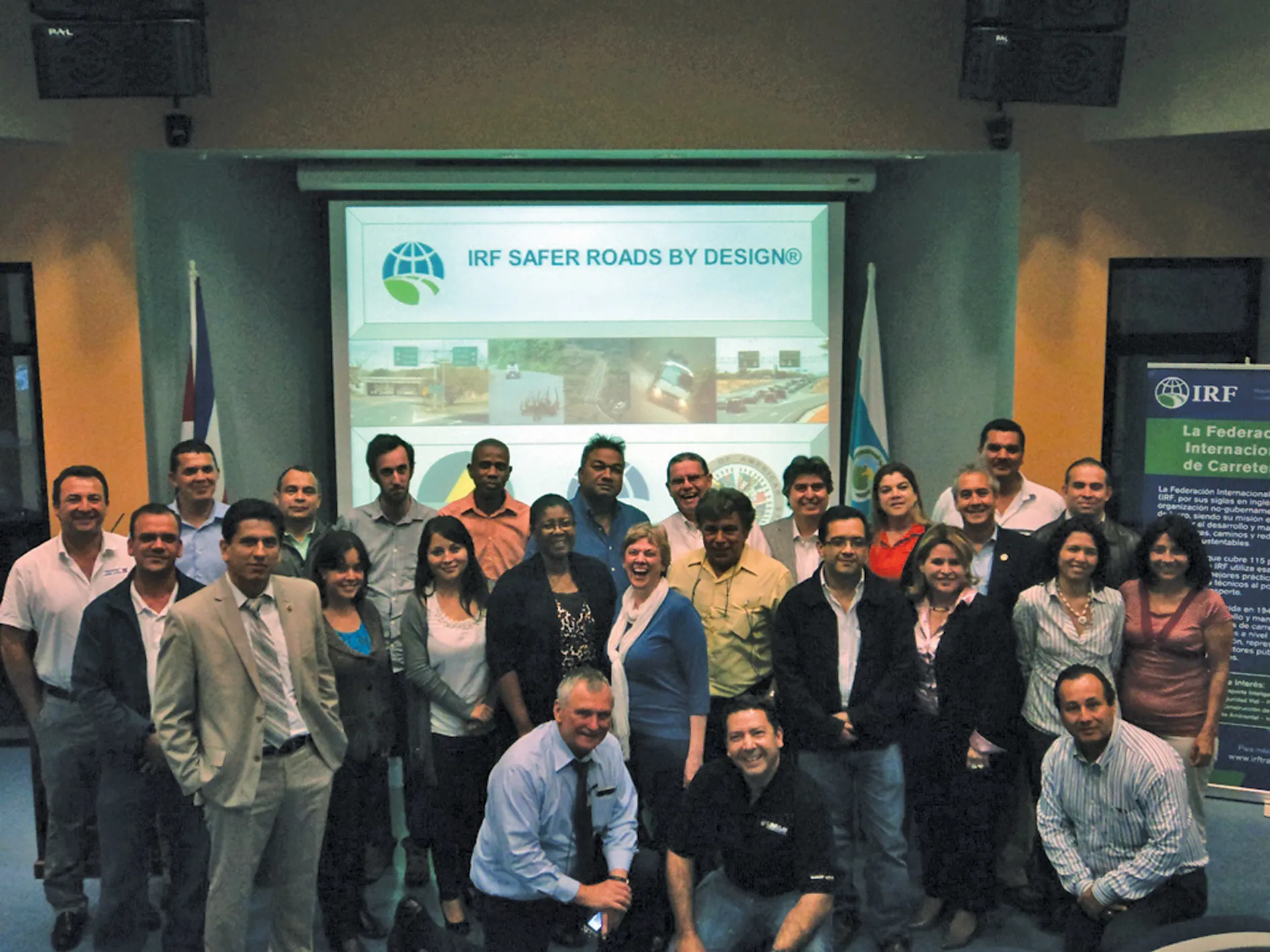
A global improvement in road safety has seen a drop in road fatalities worldwide. There were 1.19 million road deaths during 2021, a fall of 5% from 2010 according to the Global Status Report on Road Safety by the World Health Organization (WHO).
The report shows that the number of road traffic deaths has fallen slightly and that efforts to improve road safety are having an impact. Yet the price paid for mobility remains far too high, and further action is needed if the goal of halving road traffic deaths and injuries by 2030 is to be achieved.
The Global status report on road safety 2023 is the fifth report in a series and provides an overview of progress between 2010 and 2021, and sets a baseline for the United Nations Decade of Action for Road Safety 2021-2030 target of halving road traffic deaths and injuries by 2030.
According to the report, there are more than two road deaths/minute and over 3.200/day. Road traffic crashes remain the leading killer of children and youths aged 5–29 years.
Among UN Member States, 108 countries reported a drop in road traffic-related deaths between 2010 and 2021. Od those, 10 countries succeeded in reducing road traffic deaths by over 50%: Belarus, Brunei Darussalam, Denmark, Japan, Lithuania, Norway, Russian Federation, Trinidad and Tobago, United Arab Emirates and Venezuela. Thirty-five more countries made notable progress, reducing deaths by 30-50%.
“The tragic tally of road crash deaths is heading in the right direction, downwards, but nowhere near fast enough,” says WHO director-general, Dr Tedros Adhanom Ghebreyesus. “The carnage on our roads is preventable. We call on all countries to put people rather than cars at the centre of their transport systems, and ensuring the safety of pedestrians, cyclists and other vulnerable road users.”
The report shows that 28% of global road traffic deaths occurred in the WHO South-East Asia Region, 25% in the Western Pacific Region, 19% in the African Region, 12% in the Region of the Americas, 11% in the Eastern Mediterranean Region and 5% in the European Region.
The European Region reports the largest drop in deaths since 2010 – a 36% decline. The Western Pacific Region reports a 16% decline, the South-East Asia Region a 2% decline and the number of deaths has remained constant in the Region of the Americas. Reductions in the number of deaths were observed in 108 countries, including 10 where the 50% was achieved by 2021. Of note is that road traffic deaths fell 13% in the European Region in 2020 as a consequence of rapid government COVID-19 restrictions.
And 90% of deaths occur in low- and middle-income countries, while fatalities in these countries are disproportionately higher when set against the number of vehicles and roads they have. The risk of death is three times higher in low-income than high-income countries, yet low-income countries have just 1% of the world’s motor vehicles.
Of those killed, 53% of all road traffic fatalities are vulnerable road users including: pedestrians (23%); riders of powered two- and three-wheelers such as motorcycles (21%); cyclists (6%); and users of micro-mobility devices such as e-scooters (3%). Deaths among car and other four-wheeled light vehicle occupants fell slightly to 30% of global fatalities.
“Our mission at Bloomberg Philanthropies is to save and improve as many lives as possible, and one of the best ways to do that is to make more of the world’s roads safe for all,” said Michael R Bloomberg, founder of Bloomberg LP and Bloomberg Philanthropies and WHO Global Ambassador for Noncommunicable Diseases and Injuries, who also wrote a foreword for the report. “For more than a decade now, we’ve made encouraging progress together with the World Health Organization and our partners. Still, as this new report makes clear, road safety demands stronger commitments from governments worldwide – and we’ll continue to urge more leaders to take lifesaving action.”
Pedestrian deaths rose 3% to 274,000 between 2010 and 2021, accounting for 23% of global fatalities. Deaths among cyclists rose by nearly 20% to 71,000, accounting for 6% of global deaths. Meanwhile, research indicates that 80% of the world’s roads fail to meet pedestrian safety standards and just 0.2% have cycle lanes, leaving these road users dangerously exposed. And while 90% of people surveyed identify as pedestrians, just a quarter of countries have policies to promote walking, cycling and public transport.
The report reveals an alarming lack of progress in advancing laws and safety standards. Just six countries have laws that meet WHO best practice for all risk factors (speeding, drink–driving, and use of motorcycle helmets, seatbelts and child restraints) while 140 countries (two-thirds of UN Member States) have such laws for at least one of these risk factors. Of note, 23 of these countries modified their laws to meet WHO best practice since the Global status report on road safety 2018.
The global motor-vehicle fleet is set to double by 2030. Yet just 35 countries – less than a fifth of UN Member States – legislate on all key vehicle safety features (such as advanced braking systems, front- and side-impact protection,). The report also reveals major gaps in ensuring safe road infrastructure, with just 51 countries – a quarter of UN Member States – having laws that require safety inspections that cover all road users.
The WHO Global status report on road Safety 2023 is the fifth in a series measuring progress in reducing road traffic deaths. This report covers progress between 2010 and 2021 and sets a baseline for efforts to meet the United Nations Decade of Action 2021–2030 target to halve road traffic deaths by 2030.
This report was produced with support from Bloomberg Philanthropies. Since 2007, Bloomberg Philanthropies has committed $500 million to support road safety interventions in low- and middle-income countries and cities across the world.








